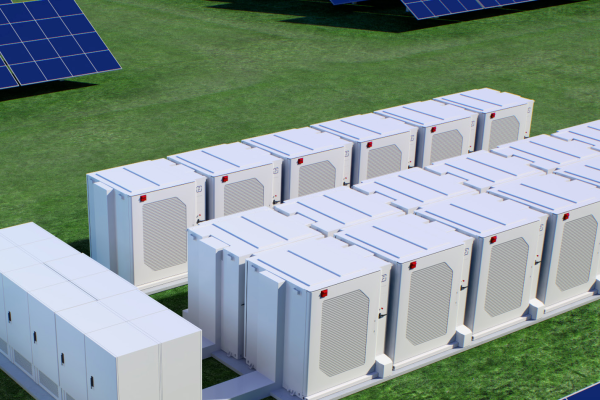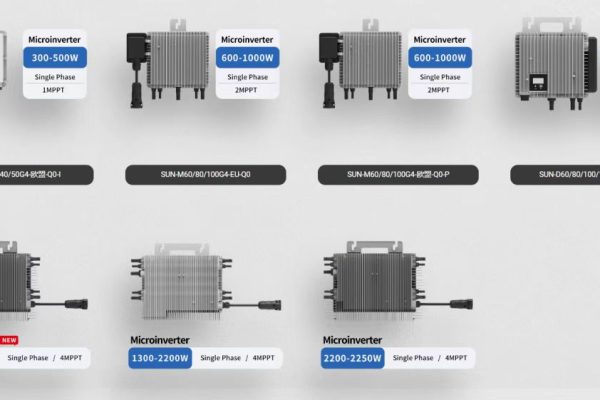Flexibility vs. Cost in Residential Storage Procurement
As small homes and apartments join the residential solar + storage movement, many system designers and buyers are asking the same question:
Are modular battery packs the right choice for small-scale installations?
Unlike fixed-size battery units, modular systems offer flexibility in capacity and sometimes voltage or form factor. But with greater flexibility comes higher complexity and—sometimes—cost. This article explores whether modular battery packs make sense for small homes, and what trade-offs to consider from a technical and procurement perspective.
🔋 What Is a Modular Battery Pack?
A modular battery pack consists of smaller, stackable battery units—often 2–5 kWh each—that can be added, removed, or replaced independently. These packs usually include:
- Built-in BMS per module
- Plug-and-play connectors
- Vertical stacking or wall-mount options
- Communication support via CAN/RS485
Most popular for LFP (LiFePO₄) systems, especially in hybrid or off-grid scenarios.
🏠 When Do Modular Packs Make Sense for Small Homes?
Small homes (under ~120 sqm / ~1,300 sqft) often have limited roof space, low energy demand, and constrained installation areas. In these cases, modular batteries can offer clear advantages:
✅ Key Advantages:
| Feature | Why It Matters |
|---|---|
| Scalable capacity | Start with 5 kWh and expand as needed |
| Space-efficient | Stack vertically or wall-mount in small utility rooms |
| Easy maintenance | Replace faulty modules without downtime |
| Flexible budgeting | Buy in stages, not upfront full cost |
| Ideal for starter systems | Great for PV-only homes upgrading to storage later |
🔧 Installer-friendly: Most modular batteries are designed for quick field setup and minimal wiring.
💸 The Downsides: What to Watch For
However, not every home will benefit from modularity—especially if the system will never expand or the budget is tight.
⚠️ Consider These Limitations:
| Factor | Risk |
|---|---|
| Higher unit cost per kWh | Compared to fixed 10–15 kWh boxes |
| More complex wiring/comm setup | Especially with third-party inverters |
| Limited discharge rate per module | Requires aggregation logic |
| Vendor lock-in | Not all brands are cross-compatible |
| Can be overkill | For homes that need only a basic 3–5 kWh backup setup |
If the homeowner is unlikely to expand or upgrade in the next 3–5 years, a fixed battery pack may be more cost-effective.
🧰 Technical Tip: Inverter Compatibility Matters
Many homeowners underestimate the importance of battery-inverter communication protocols. Modular packs often use CAN (sometimes RS485), but not every inverter supports their specific mapping or handshake.
🔌 Always check if the modular battery is on the inverter’s approved BMS list. Otherwise, charging/discharging may be unstable or unsafe.
🧾 Use Case Snapshot: 5 kWh vs. 10 kWh Systems
| Scenario | Modular Battery | Fixed Pack |
|---|---|---|
| Small home with 1–2 occupants, low night usage | ✅ 5 kWh starter pack, add later | ❌ Overkill |
| Solar system added first, battery later | ✅ Stack later | ❌ Requires new layout |
| Customer wants low upfront cost | ✅ Pay-as-you-grow | ❌ High capex |
| Frequent outages, large night load | ❌ May need too many modules | ✅ 10–15 kWh box with high discharge rate |
| Very tight indoor space | ✅ Wall-mount or vertical stack | ❌ Floor-standing may not fit |
🛠️ Procurement Tips for Traders & Installers
If you’re sourcing for small residential projects or end users:
✔️ Do:
- Choose brands with good firmware support and field-replaceable parts
- Confirm certifications (CE, UN38.3, IEC62619)
- Check inverter compatibility matrix
- Stock common expansion modules in case clients add later
❌ Don’t:
- Mix modular brands within the same stack
- Rely on RS485-only systems without clear integration logic
- Ignore the need for balanced SOC when expanding packs
💬 Final Verdict: Are They Worth It?
Yes—for the right buyer.
Modular battery packs are ideal for:
- Entry-level customers wanting 5–10 kWh of storage
- Installers who need stock flexibility
- Homes planning future expansion
- Projects with space, budget, or form factor constraints
But for homes needing 15 kWh+ backup, or where simplicity and cost are more important than modularity, a fixed battery pack may provide better value.









